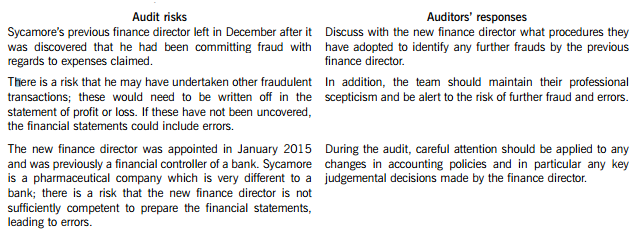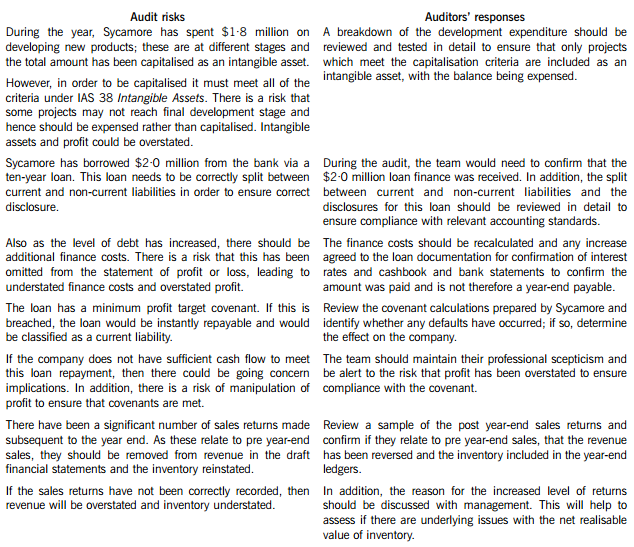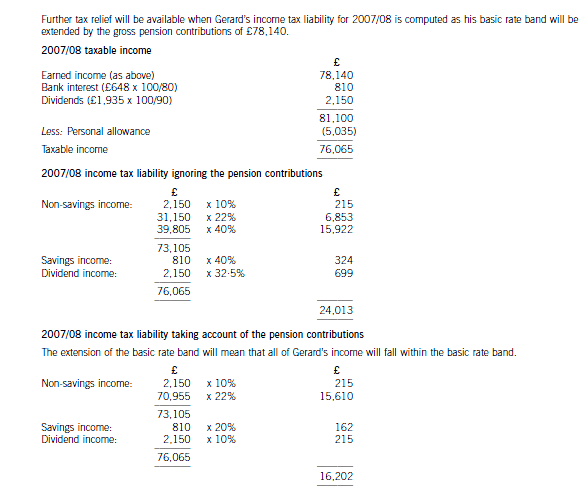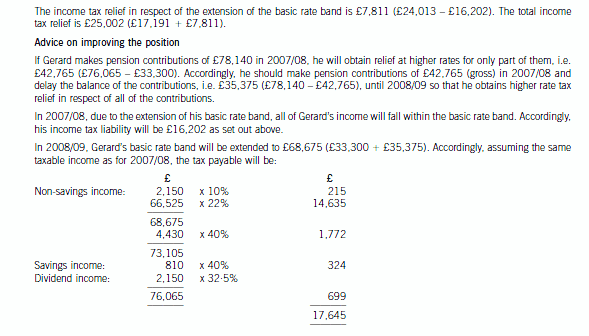甘肃省考生:ACCA考试怎么样才算成功正确的打印了准考证呢?
发布时间:2020-01-10
ACCA资格考试是门槛相对较低的一个证书考试,比起只能毕业后报考的CPA证书来讲,报考条件显得低的很多。近期,有不少报考ACCA考试的萌新出现了困惑:这种国际性质的考试,准考证该怎么打印呢?下面是51题库考试学习网小编收集一些相关咨询,有兴趣的ACCAer可以收藏起来慢慢看哟
通常来说,在考前两周,可以登陆MYACCA里打印准考证。
打印准考证步骤:
(1) ACCA考试学员需登陆ACCA官网
(2) 点击MYACCA后登入您的学员号和密码进入
(3) 点击左侧栏里EXAM ENTRY & RESULTS进入
(4) 点击EXAM ATTENDANCE DOCKET生成页面打印即可
注意事项:
1、请仔细阅读准考证上EXAMINATION REGULATIONS和EXAMINATION GUIDELINES,务必严格遵守。ACCA考试学员请仔细核对的考试地点,仔细看准考证上的地址,以免大家走错考场。
2、ACCA准考证需双面打印,无需彩印,黑白打印即可。
3、准考证是学员考试必带的证明,请重视;打印准考证数量须和考试科数相同;
4、2017年3月考季起,ACCA全球统考准考证将不会再有个人照片。
5、因邮寄的准考证收到时间较晚,建议提前打印好准考证,仔细核对报考科目和考试地点有无错误。
6、准考证一定要提前打印,因为越往后官网可能出现各种崩溃状态,尽早打印。 ACCA何时打印准考证都是有ACCA官方统一安排公布时间,2016年实施每年4次考试之后,一般准考证会提前一个月左右就开放打印入口了,考生可自行打印。
ACCA准考证分为两种形式发放,一种是正式纸质版由ACCA英国方约在考前2-3周寄出,另一种是MY ACCA账户中的准考证。未收到ACCA官方邮寄准考证的考生可以在MY ACCA的账户中下载打印准考证,下载打印的准考证与英国邮寄的准考证作用相同。注:准考证必须有照片,准考证上面没有照片的学员请尽快与ACCA 英国方联系。
最后,51题库考试学习网想要在这里告诉大家,不要认为ACCA门槛较低,它的考试水准和难度就很容易。相反,考试难度也是很大的,毫不夸张地说ACCA是一个宽进严出的考试模式。因此,拿到证书的人是少之又少。
当然,51题库考试学习网也相信各位备考ACCA考试的同学们,一定会认真努力的学习和复习的,要相信只要努力就会有回报,哪怕是不能通过考试,也会收到比考试通过更宝贵的东西,大家共勉~
下面小编为大家准备了 ACCA考试 的相关考题,供大家学习参考。
(b) Calculate the amount of input tax that will be recovered by Vostok Ltd in respect of the new premises in the
year ending 31 March 2009 and explain, using illustrative calculations, how any additional recoverable input
tax will be calculated in future years. (5 marks)
(b) Recoverable input tax in respect of new premises
Vostok Ltd will recover £47,880 (£446,500 x 7/47 x 72%) in the year ending 31 March 2009.
The capital goods scheme will apply to the purchase of the building because it is to cost more than £250,000. Under the
scheme, the total amount of input tax recovered reflects the use of the building over the period of ownership, up to a maximum
of ten years, rather than merely the year of purchase.
Further input tax will be recovered in future years as the percentage of exempt supplies falls. (If the percentage of exempt
supplies were to rise, Vostok Ltd would have to repay input tax to HMRC.)
The additional recoverable input tax will be computed by reference to the percentage of taxable supplies in each year including
the year of sale. For example, if the percentage of taxable supplies in a particular subsequent year were to be 80%, the
additional recoverable input tax would be computed as follows.
£446,500 x 7/47 x 1/10 x (80% – 72%) = £532.
Further input tax will be recovered in the year of sale as if Vostok Ltd’s supplies in the remaining years of the ten-year period
are fully vatable. For example, if the building is sold in year seven, the additional recoverable amount for the remaining three
years will be calculated as follows.
£446,500 x 7/47 x 1/10 x (100% – 72%) x 3 = £5,586.
You are the audit supervisor of Maple & Co and are currently planning the audit of an existing client, Sycamore Science Co (Sycamore), whose year end was 30 April 2015. Sycamore is a pharmaceutical company, which manufactures and supplies a wide range of medical supplies. The draft financial statements show revenue of $35·6 million and profit before tax of $5·9 million.
Sycamore’s previous finance director left the company in December 2014 after it was discovered that he had been claiming fraudulent expenses from the company for a significant period of time. A new finance director was appointed in January 2015 who was previously a financial controller of a bank, and she has expressed surprise that Maple & Co had not uncovered the fraud during last year’s audit.
During the year Sycamore has spent $1·8 million on developing several new products. These projects are at different stages of development and the draft financial statements show the full amount of $1·8 million within intangible assets. In order to fund this development, $2·0 million was borrowed from the bank and is due for repayment over a ten-year period. The bank has attached minimum profit targets as part of the loan covenants.
The new finance director has informed the audit partner that since the year end there has been an increased number of sales returns and that in the month of May over $0·5 million of goods sold in April were returned.
Maple & Co attended the year-end inventory count at Sycamore’s warehouse. The auditor present raised concerns that during the count there were movements of goods in and out the warehouse and this process did not seem well controlled.
During the year, a review of plant and equipment in the factory was undertaken and surplus plant was sold, resulting in a profit on disposal of $210,000.
Required:
(a) State Maples & Co’s responsibilities in relation to the prevention and detection of fraud and error. (4 marks)
(b) Describe SIX audit risks, and explain the auditor’s response to each risk, in planning the audit of Sycamore Science Co. (12 marks)
(c) Sycamore’s new finance director has read about review engagements and is interested in the possibility of Maple & Co undertaking these in the future. However, she is unsure how these engagements differ from an external audit and how much assurance would be gained from this type of engagement.
Required:
(i) Explain the purpose of review engagements and how these differ from external audits; and (2 marks)
(ii) Describe the level of assurance provided by external audits and review engagements. (2 marks)
(a) Fraud responsibility
Maple & Co must conduct an audit in accordance with ISA 240 The Auditor’s Responsibilities Relating to Fraud in an Audit of Financial Statements and are responsible for obtaining reasonable assurance that the financial statements taken as a whole are free from material misstatement, whether caused by fraud or error.
In order to fulfil this responsibility, Maple & Co is required to identify and assess the risks of material misstatement of the financial statements due to fraud.
They need to obtain sufficient appropriate audit evidence regarding the assessed risks of material misstatement due to fraud, through designing and implementing appropriate responses. In addition, Maple & Co must respond appropriately to fraud or suspected fraud identified during the audit.
When obtaining reasonable assurance, Maple & Co is responsible for maintaining professional scepticism throughout the audit, considering the potential for management override of controls and recognising the fact that audit procedures which are effective in detecting error may not be effective in detecting fraud.
To ensure that the whole engagement team is aware of the risks and responsibilities for fraud and error, ISAs require that a discussion is held within the team. For members not present at the meeting, Sycamore’s audit engagement partner should determine which matters are to be communicated to them.
(b) Audit risks and auditors’ responses



(c) (i) Review engagements
Review engagements are often undertaken as an alternative to an audit, and involve a practitioner reviewing financial data, such as six-monthly figures. This would involve the practitioner undertaking procedures to state whether anything has come to their attention which causes the practitioner to believe that the financial data is not in accordance with the financial reporting framework.
A review engagement differs to an external audit in that the procedures undertaken are not nearly as comprehensive as those in an audit, with procedures such as analytical review and enquiry used extensively. In addition, the practitioner does not need to comply with ISAs as these only relate to external audits.
(ii) Levels of assurance
The level of assurance provided by audit and review engagements is as follows:
External audit – A high but not absolute level of assurance is provided, this is known as reasonable assurance. This provides comfort that the financial statements present fairly in all material respects (or are true and fair) and are free of material misstatements.
Review engagements – where an opinion is being provided, the practitioner gathers sufficient evidence to be satisfied that the subject matter is plausible; in this case negative assurance is given whereby the practitioner confirms that nothing has come to their attention which indicates that the subject matter contains material misstatements.
(c) Calculate and explain the amount of income tax relief that Gerard will obtain in respect of the pension
contributions he proposes to make in the tax year 2007/08 and contrast this with how his position could be
improved by delaying some of the contributions that he could have made in 2007/08 until 2008/09. You
should include relevant supporting calculations and quantify the additional tax savings arising as a result of
your advice.
You should ignore the proposed changes to the bonus scheme for this part of this question and assume that
Gerard’s income will not change in 2008/09. (12 marks)




声明:本文内容由互联网用户自发贡献自行上传,本网站不拥有所有权,未作人工编辑处理,也不承担相关法律责任。如果您发现有涉嫌版权的内容,欢迎发送邮件至:contact@51tk.com 进行举报,并提供相关证据,工作人员会在5个工作日内联系你,一经查实,本站将立刻删除涉嫌侵权内容。
- 2020-01-10
- 2020-03-21
- 2020-09-03
- 2020-01-10
- 2021-09-13
- 2020-08-19
- 2020-01-10
- 2020-08-15
- 2021-04-17
- 2020-01-08
- 2021-01-03
- 2020-09-04
- 2020-01-08
- 2020-01-10
- 2020-08-14
- 2021-09-13
- 2020-01-09
- 2020-01-08
- 2020-08-14
- 2020-08-14
- 2020-01-10
- 2021-01-01
- 2020-09-04
- 2020-01-08
- 2020-01-09
- 2020-08-15
- 2020-01-10
- 2020-01-10
- 2020-08-14
- 2021-01-03